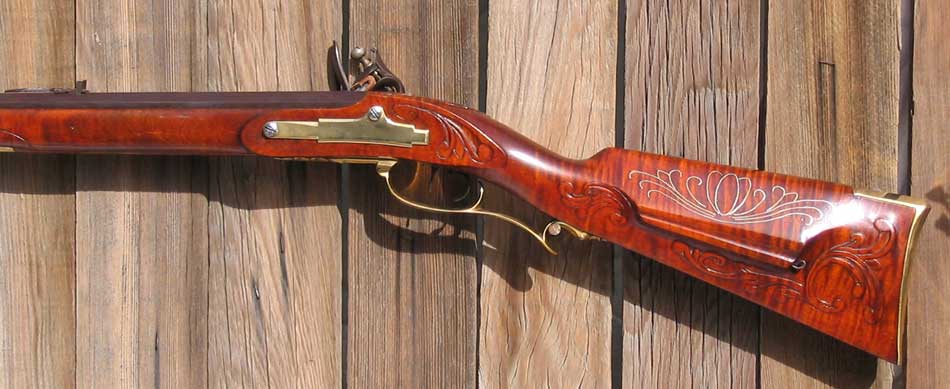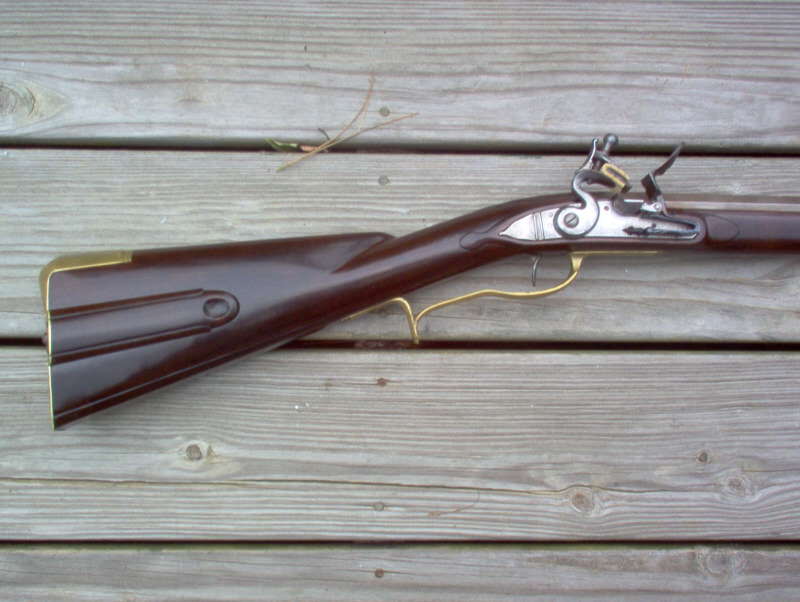I have a hard time putting such early dates on many guns as some, especially Mr. Gusler, do. I'm nobody to listen to though, but still. There are a lot of "early-looking" rifles out there that people REALLY WANT to be ca.1770, or even earlier, but they're just not. Guns like the two "thick" Isaac Haines guns, or the John Davidson (VA) gun...
I just can't see the "woodsrunner" or the "feather" guns being much, if any, earlier than about 1775. The "Faber" gun (I'm still not convinced that is the name engraved on the sideplate! :haha: ) is what everyone WANTS to be a 1760's Virginia gun, but I have my doubts about that too.
As I recall, Klette was known to have begun working in 1782, so the signed gun can't be earlier than that.
I'm not entirely convinced that the "Musician" rifle is even American made, though a 1750's date is probably good.
Finding existing American rifles of a likely 1760's date or earlier is pretty tough. 1770 is not so hard, but 1760... :hmm:
I think RCA17 could be a 1760's gun, WITHOUT the added walnut pieces and the mutilated cheekpece and comb. I don't have any problem with many of the other Bethlehem/Christians' Spring guns being 1760's or MAYBE (but I doubt it) even earlier, like the Marshall gun or RCA 40, etc.
Wolfgang Hachen settled in Reading in 1752, or something like that, as I recall, and was a gunsmith from the start, but do any of the existing "Haga" attributed guns date from that early? Personally, I think no, but there's nothing solid to go by.
Population growth and westward expansion have to be considered. Just because there were 5 gunsmiths in a certain town in 1770 doesn't mean there were any there (or anyone at all!) in 1760! Population was growing fast, and people were moving fast. There weren't as many people earlier, so there weren't as many guns earlier.
The familiar "schools" that we all know and love hadn't developed then either, so all that is really out the window, with the exceptions of the Bethlehem/C.S. guns and MAYBE the Reading guns ????. You get into an area where everything is likely to look very German, or perhaps, very English. In a way, it's liberating, as you have a bit of artistic leeway! :haha:








